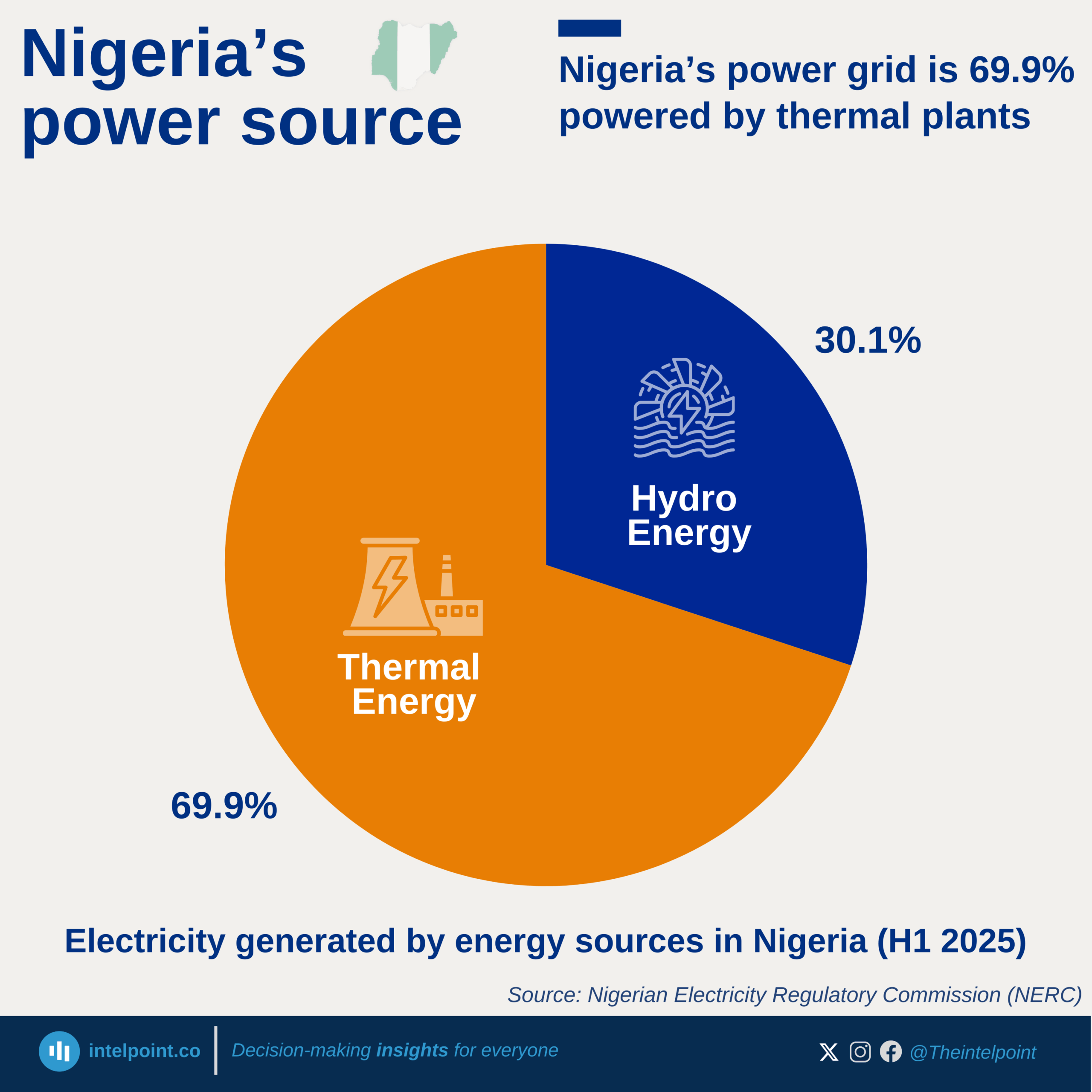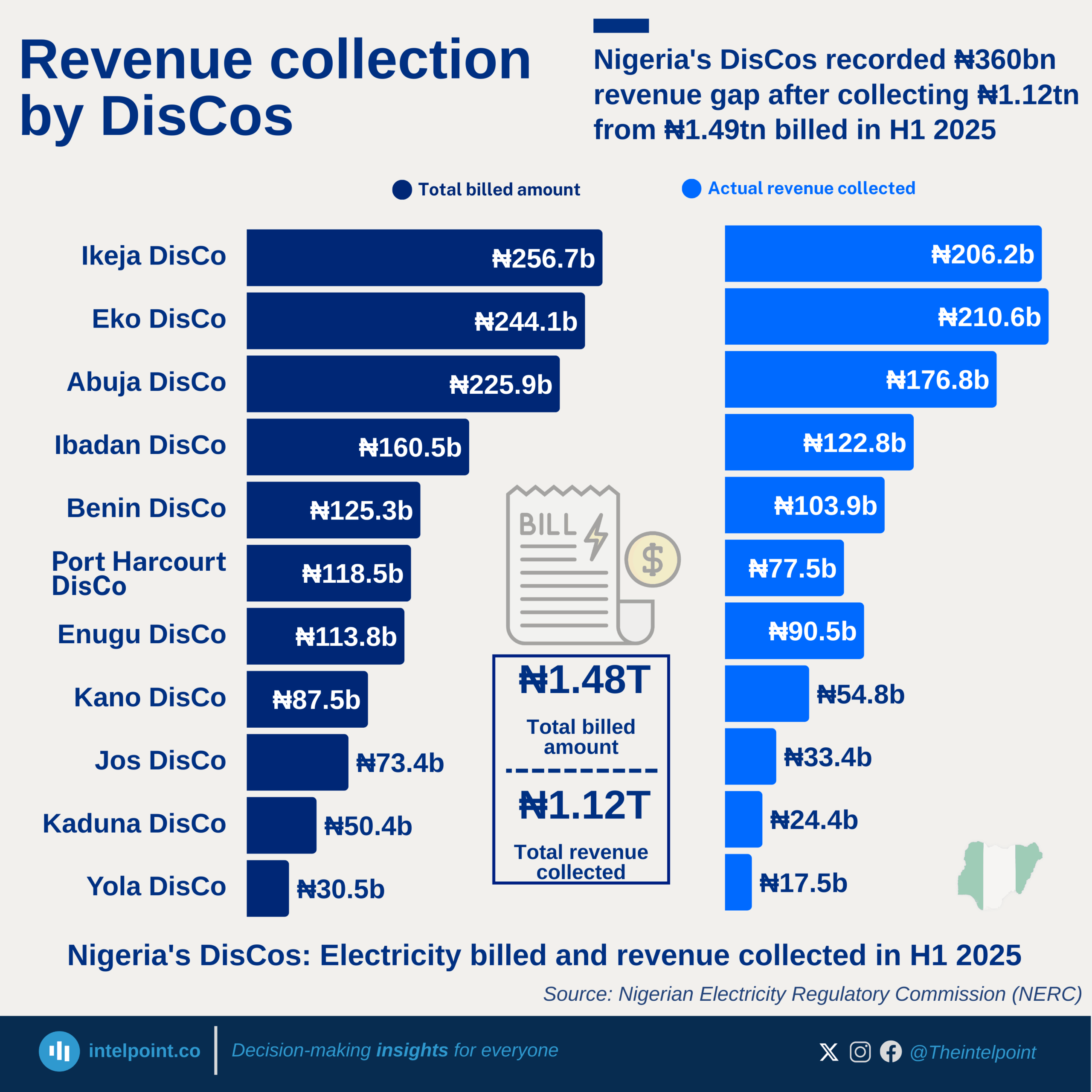Lagos State stands out as Nigeria’s largest consumer of grid electricity, averaging 1,051 MW monthly, over a quarter of the nation’s entire grid supply. This far surpasses every other region, with even the rest of the South West receiving less than 600 MW. Abuja also ranks high individually with 435 MW, while regions like the North East and South East remain underserved, receiving 509 MW combined. The sharp regional disparity highlights both the demand concentration in Nigeria’s urban and economic hubs, and the uneven access to reliable electricity across the country.





